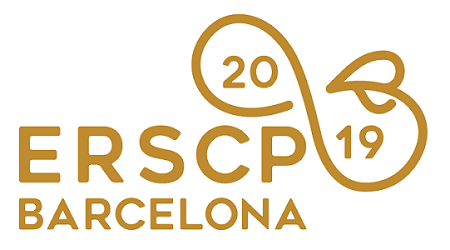Full Program »
A Life-Cycle Model for Port Sustainability: Integrating Circular Economy Approached into Port Sustainability Activities
Ports are important players in the world, due to their role in global production and distribution systems and as major intermodal transport hubs, linking the sea to the land. For all ports, a key requirement for continued economic viability is to maintain existing or develop new economic approaches and activities, while simultaneously addressing growing pressure to become more environmentally and socially conscious. A traditional life-cycle approach for ports sees them move through phases of 1) growth, 2) maturity, 3) obsolescence, and 4) dereliction. Many ports, particularly those located within urban and city spaces, face the possibility of obsolescence and dereliction resulting from industry changes. Those changes include limited accessibility for large ships, no room for modernization or expansion of necessary infrastructure, and no scope to develop more sustainable transportation links. To continue to exist as active, profitable entities, port actors need to consider how they can incorporate new and non-port economic activities to maintain their viability. In order to do so, a new phase is included within an expanded life-cycle model, i.e. phase 5) redevelopment. Activities under Phase 5 can cover either the whole port or its main areas (warehouses, storage areas, transport hubs, for example), while existing activities within the port area can be expanded on to include new and non-port economic activities. Taking the modified life-cycle model further, we consider how Circular Economy activities can be incorporated into port activities, so that a port moves through Phases 1 and 2 of the original life cycle approach, directly to a modified Phase 5 that refocuses on new activities, expansion and (potentially) relocation. As a result, the obsolescence and dereliction phases of the traditional life-cycle approach are removed, resulting in the creation of a closed loop for continued port expansion and redevelopment. The Port of Gävle, Sweden, has put this approach into practice through a project using contaminated dredged materials to create new land, using the principles of Circular Economy. This presentation will illustrate that using Circular Economy principles can be a viable way in securing a port’s future, contributing to its sustainability by incorporating environmental, social, and sustainability thinking within port redevelopment activities, including port expansion.
